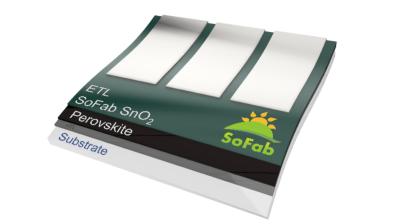Researchers use multifunctional hole transporting material to realize efficient and stable perovskite solar cells
Researchers at China's Tsinghua University, Zurich University of Applied Sciences and University of Ferrara have developed a perovskite solar cell with a new hole transport material that promises enhanced efficiency and stability while also ensuring a scalable fabrication technique.
The team explained that the new organic hole-transporting material, named T2, offers a performance advantage over conventional materials like spiro-OMeTAD as its characteristics, including unique electronic, structural, and chemical properties, synergistically enhance the efficiency of hole extraction and significantly reduce charge recombination at the interface with the perovskite layer.




